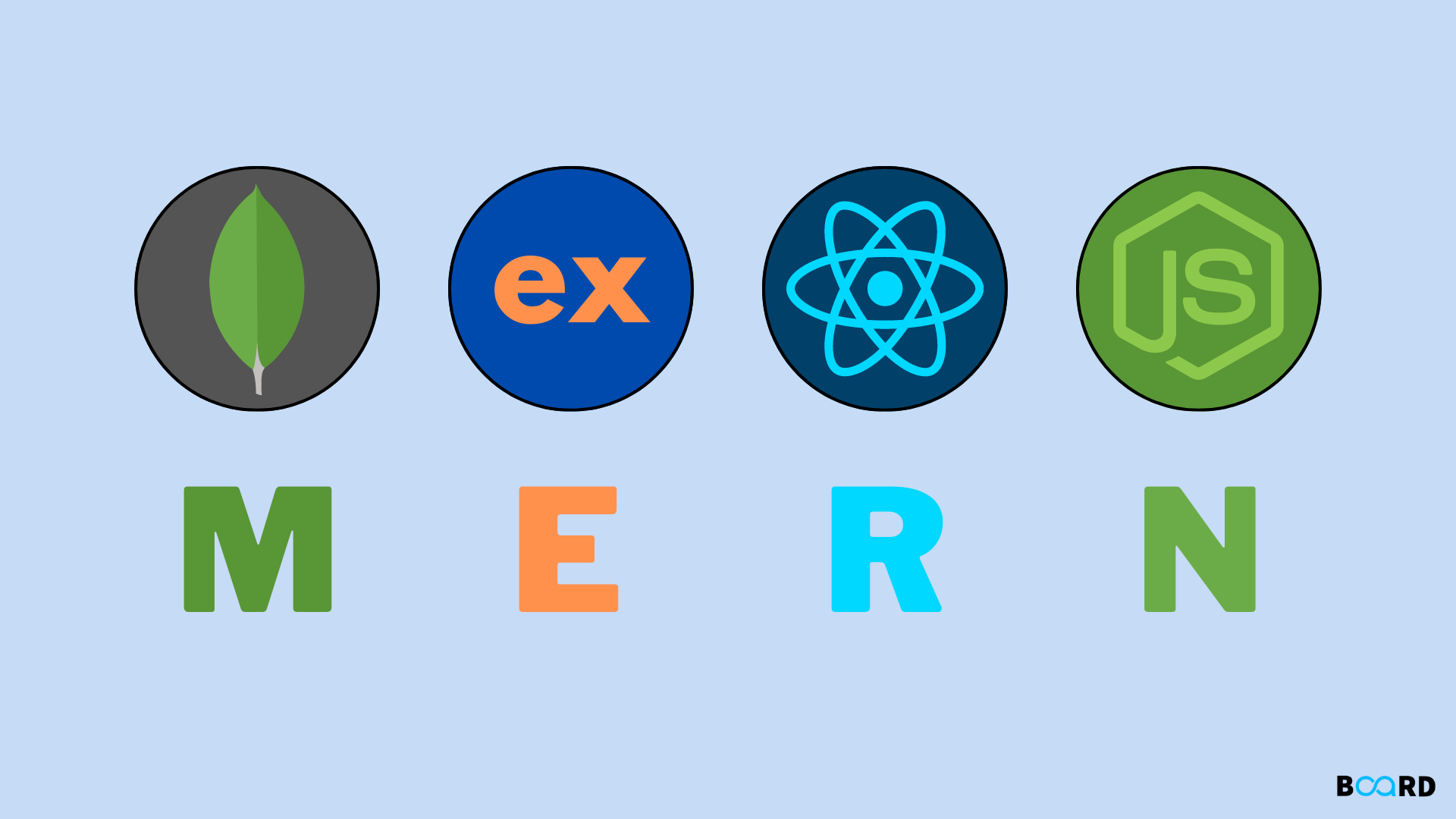In this Blog I have covered all the details about mern stack and what should a beginner learn to become a Mern stack developer
The MERN stack is a popular software development stack that consists of four main technologies: MongoDB, Express.js, React, and Node.js. Each of these technologies plays a specific role in building dynamic and modern web applications. Here's an overview of each component in the MERN stack:
MongoDB:
- Type: Database
- Description: MongoDB is a NoSQL database that stores data in a flexible, JSON-like format called BSON (Binary JSON). It is known for its scalability and flexibility, making it suitable for handling large amounts of unstructured data.
Express.js:
- Type: Backend Framework
- Description: Express.js is a minimal and flexible Node.js web application framework that provides a robust set of features to develop web and mobile applications. It simplifies the process of building APIs and handling HTTP requests in the backend.
React:
- Type: Frontend Library
- Description: React is a JavaScript library for building user interfaces. Developed and maintained by Facebook, React allows developers to build reusable UI components that efficiently update and render in response to changes in application state. It follows a declarative and component-based approach to building user interfaces.
Node.js:
- Type: Runtime Environment
- Description: Node.js is a JavaScript runtime built on the V8 JavaScript engine. It allows developers to execute JavaScript code server-side, enabling the development of scalable and high-performance network applications. Node.js is the runtime environment that allows JavaScript to be used for server-side scripting.
What are the advantages of learning Mern Stack?
Advantages:
Full JavaScript Stack: One language, JavaScript, is used for both server-side and client-side development, streamlining the development process.
Modularity: Each component (MongoDB, Express.js, React, and Node.js) can be used independently, providing flexibility in choosing and swapping out components.
Efficiency: The use of a single language throughout the entire stack can improve developer efficiency and ease collaboration.
Scalability: MERN stack applications can be easily scaled horizontally and vertically to handle increased workloads.
How does it work?
Backend (Server-Side):
- Node.js with Express.js is used to create the backend server.
- Express.js handles routing, middleware, and API creation.
- MongoDB is used as the database to store and retrieve data.
Frontend (Client-Side):
- React is used to build the user interface and components.
- The frontend communicates with the backend using HTTP requests (usually through RESTful APIs).
How to Learn Mern Stack?
- Learn the basics of JavaScript, HTML, and CSS.
- Gain proficiency in React for frontend development.
- Understand Node.js and Express.js for server-side development.
- Learn MongoDB for database management.
- Practice building full-stack applications to solidify skills.
- Explore advanced topics, such as state management in React and optimizing database performance.
- Contribute to open-source projects or build a portfolio showcasing your work.

Comments
Post a Comment